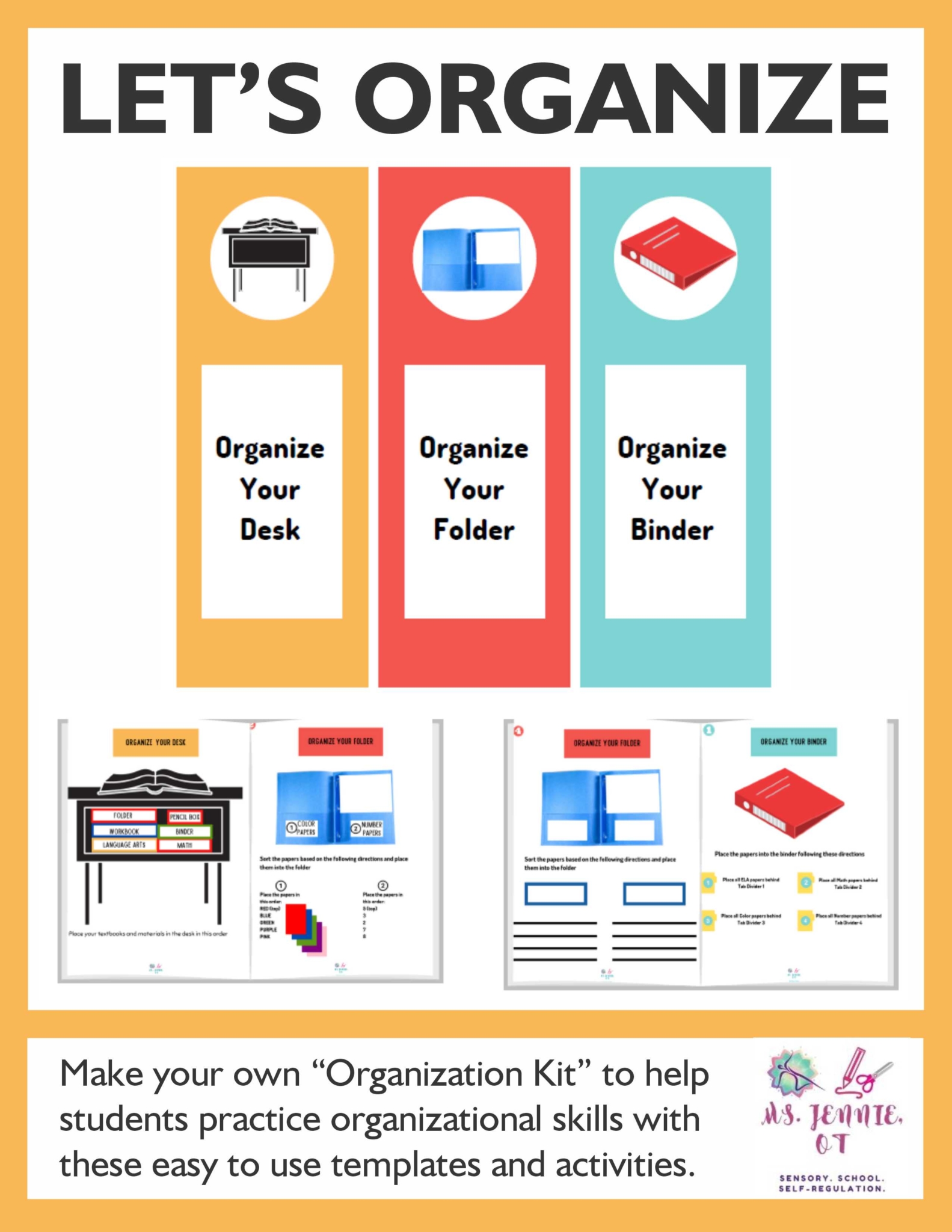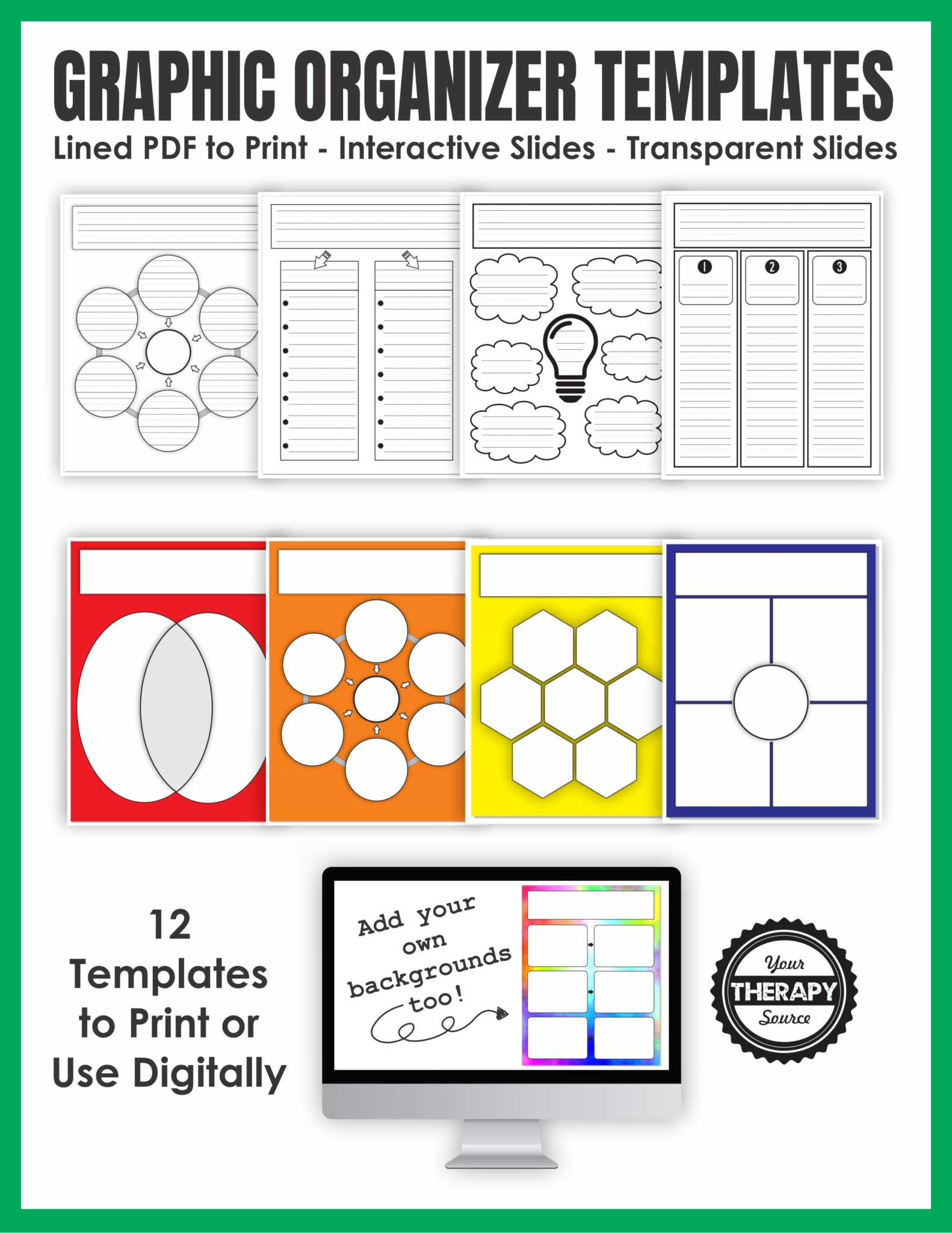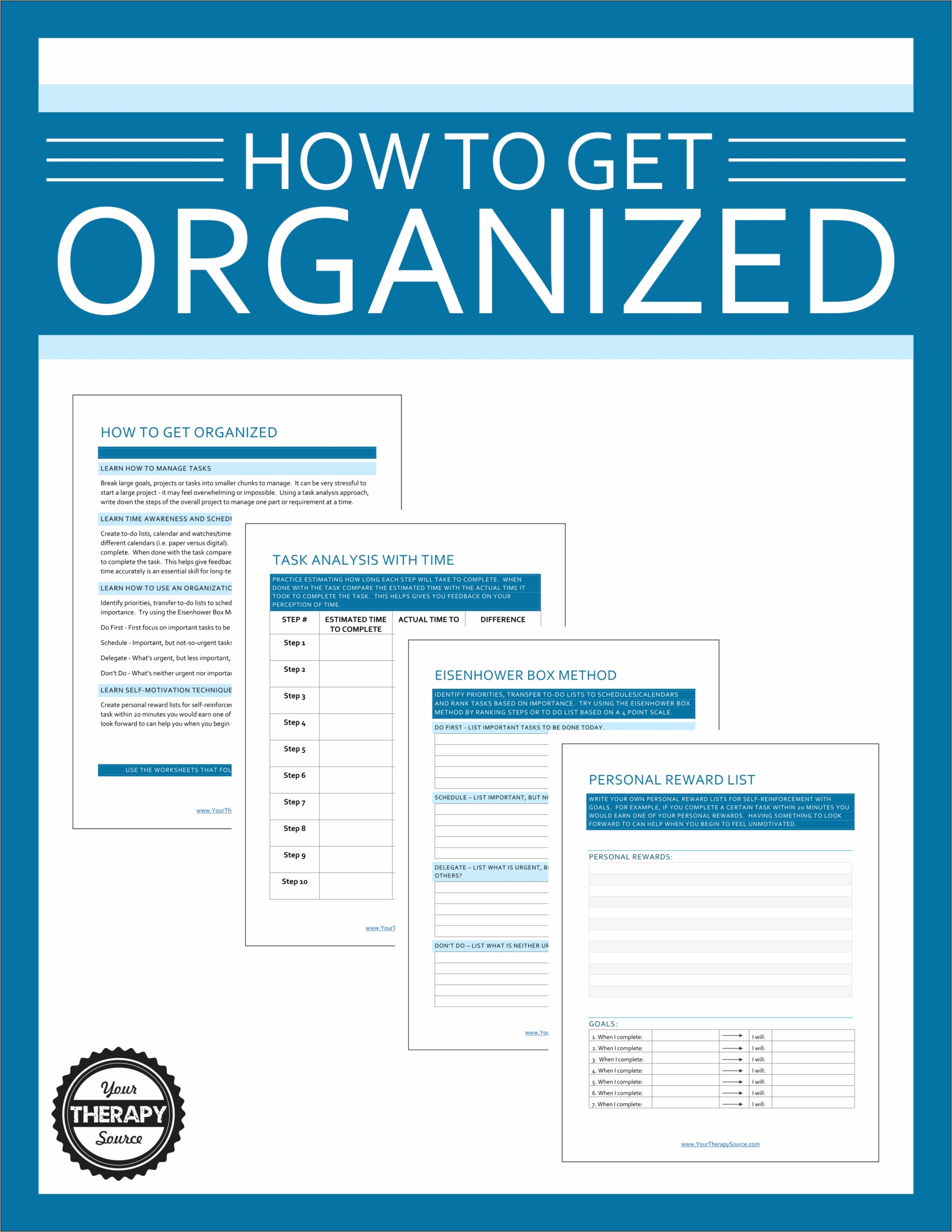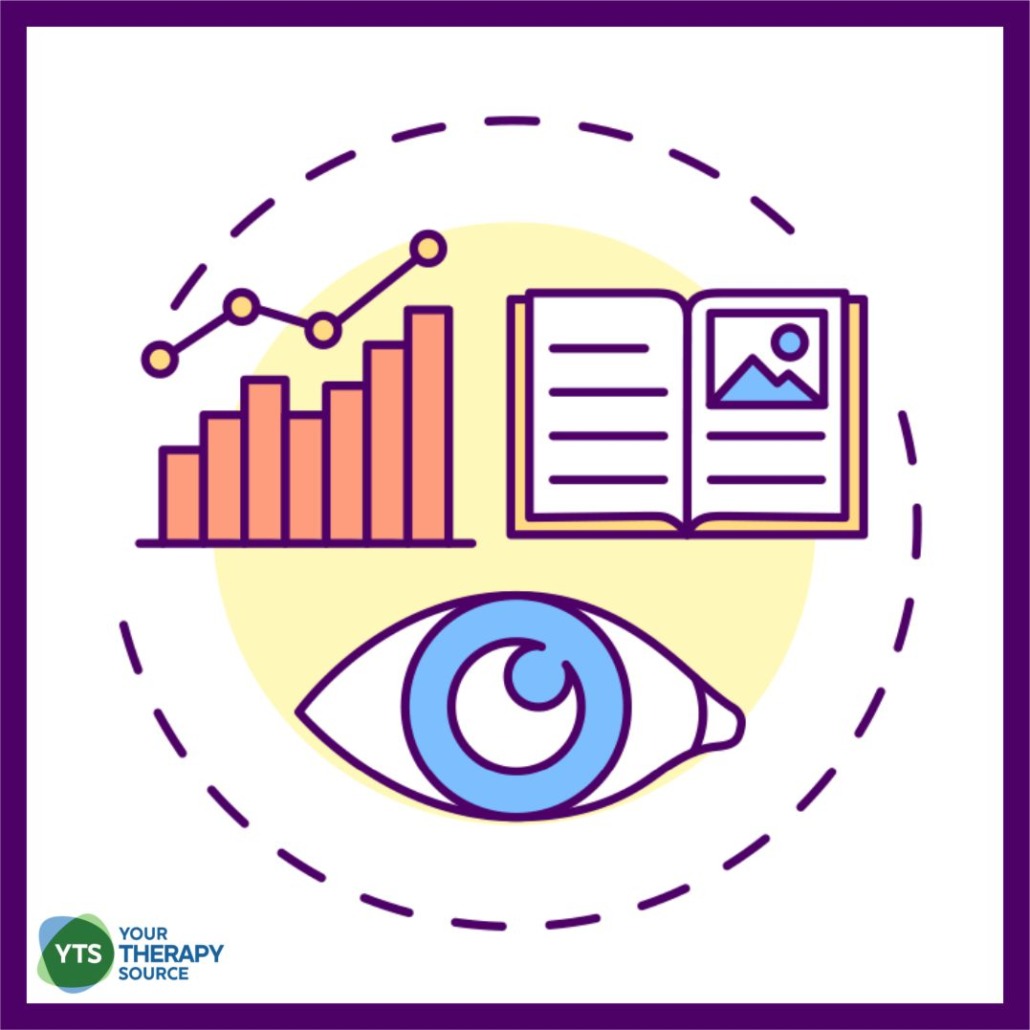Visual Learning Strategies

Are you looking for new and innovative ways to help your students learn? Are you tired of the same old methods that seem to be ineffective? If so, you may want to consider using visual learning strategies. Visual learning strategies are a great way to help students learn content in a way that is more meaningful and engaging.
WHAT ARE THE FOUR TYPES OF LEARNING STRATEGIES?
Are you familiar with the VARK model to describe learning strategies? There are four types of learning strategies: visual learning style, auditory, read/write, and kinesthetic. Each type of learning style is better suited for different types of tasks and information.
A brief overview of the VARK model:
- Visual learners often prefer to take pictures or make charts to help them learn new material.
- Auditory learners may prefer listening to audio recordings or attending lectures.
- Read/write learners often like taking notes or reading texts. Finally,
- Kinesthetic learners often prefer hands-on activities or learning through movement. They are sometimes referred to as a tactile learner.
Different students may prefer different types of learning strategies depending on the task at hand. However, all students can benefit from using all four types of learning strategies at different times. By understanding the strengths and weaknesses of each type of learning strategy, students can maximize their learning potential.

Planning, Time Management, and Organization Skills Bundle
TEACHING STRATEGIES FOR VISUAL LEARNERS
Did you know that 75% of the information processed by the brain is in visual format? This is important to remember when teaching new concepts or complex topics. Research tells us that visual information is mapped better in students’ minds (Raiyn, J, 2016). Many students are visual learners, which means they learn best by seeing the information and accessing visual materials. In order to reach these students, teachers need to use strategies that are geared toward visual learners.
One common strategy is using pictures and diagrams. These can be used to supplement a lesson or as a way to introduce new information. Teachers can also create visual aids such as charts and graphs to help visual learners understand concepts. Additionally, it can be helpful to allow visual learners to sit near the front of the classroom so that they have a clear view of the blackboard or whiteboard. By using these strategies, teachers can ensure that visual learners are able to fully engage with the material and reach their full potential.

Visual Supports: Schedules, Self-Regulation, & Classroom Inclusion
VISUAL LEARNING STRATEGIES EXAMPLES
There are a variety of visual learning strategies or visual cues that can be used to help students comprehend information.
For instance, visual learners may benefit from using color-coded systems to organize material. This could involve using different colored highlighters to mark key concepts in a text, or creating a color-coded chart to track progress on a project.
Visual learners may find it helpful to create visual aids such as graphic organizers. These tools can be used to brainstorm ideas, take notes, or review information. By using visual learning strategies, students can engage with the material in a way that best fits their needs.
Visual learners often prefer to draw pictures or make charts to help them learn new material. Read more about how drawing when learning can boost memory recall here.
Another example is using a mind map. A mind map is a tool that can be used to visually organize information. This strategy can be used to brainstorm ideas, taking notes, or review material. Visual learners often find mind maps to be helpful when trying to comprehend new information.

Teach Organizational Skills to Students
USING A MIND MAP
A mind map is a graphical way of representing ideas or information. It can be used to visualize relationships between different concepts, or to brainstorm new ideas. Mind maps are often created with software, but they can also be drawn by hand.
Mind maps typically start with a central topic, which is then surrounded by related sub-topics. These sub-topics can be further subdivided into smaller branches. mind maps can be as simple or as complex as you need them to be. They can be used for anything from taking notes to brainstorming new ideas.
Mind maps are a flexible tool that can be adapted to any learning style. If you are a visual learner, mind maps can help you see the relationships between different concepts. If you are an auditory learner, mind maps can help you organize your thoughts and information in a way that makes sense to you. And if you are a kinesthetic learner, mind maps can help you engage with the material in a hands-on way.
Whether you’re taking notes, brainstorming new ideas, or just trying to learn something new, mind maps can be a helpful tool. So next time you’re feeling stuck, give mind mapping a try!

Graphic Organizer Templates – Print and Digital
TIPS FOR VISUAL LEARNERS
If your students are visual learners, there are a few things you can do to help them learn more effectively. First, take advantage of visual aids whenever possible. This could mean using pictures or diagrams when studying, or even coloring or highlighting important information in written text.
Allow time to process information by encouraging the students to take breaks to look away from the material and allow the mind to digest what they’ve just seen.
Work on finding ways to connect new information to existing visual memories. This will help to create stronger mental associations and make the information easier to recall later in the future.
HOW DO YOU ACCOMMODATE VISUAL LEARNERS?
When it comes to learning, not everyone processes information in the same way. Some students can have a hard time in the classroom. If you’re a teacher or tutor, there are various ways you can accommodate visual learners.
- Use more visuals in your lessons, such as charts, graphs, and diagrams.
- You can also give your students opportunities to draw and brainstorm ideas.
- Use a color-coded planner
- Provide wall space for your students to create mind maps or post important notes.
- Use visual prompts.
- Offer a quiet space for solitary learners who may do better working alone.
- Create reminders on different colored paper to assist in studying.
- Use different colored pens or highlighters during studying to facilitate memorization and to underscore key points.
By taking these steps, you can help visual learners process information more effectively and improve their overall performance in school.
Learn about 30 different ways to use visual supports in the classroom.

How to Get Organized Worksheets for Students
STUDY TIPS AND NOTE TAKING STRATEGIES FOR VISUAL LEARNERS
When it comes to study strategies and note taking strategies for visual learners, here are some helpful tips or suggestions for study materials:
- underline the main idea with colored pens or a highlighter
- create color coded flash cards on index cards
- use graphic organizers for complex concepts
- try mind mapping
- create a study group with other visual learners. Share your favorite visual tools in the group that has had a significant impact on your critical thinking and learning process.
- Color code your notes as you write them with headings in different colors
- take visual breaks and let your eyes rest at least every 20 minutes.
- review highlighted or underlined text at the end of your study sessions.
- handwrite notes to improve memory of the material.
- try Cornell note taking.
- organize your handouts or notes in color coded folders
- draw pictures or simple doodle to enhance understanding of the concepts.
There are many different ways that teachers can incorporate visual learning strategies into their lesson plans. The important thing is to be aware of the needs of visual learners and to make accommodations accordingly. There is not only ONE best way but sometimes many different options to meet the needs of the different learning styles of students. By using these strategies, teachers can help visual learners succeed in the classroom.
REFERENCES
Prithishkumar, I. J., & Michael, S. A. (2014). Understanding your student: Using the VARK model. Journal of postgraduate medicine, 60(2), 183.
Raiyn, J. (2016). The Role of Visual Learning in Improving Students’ High-Order Thinking Skills. Journal of Education and Practice, 7(24), 115-121.



